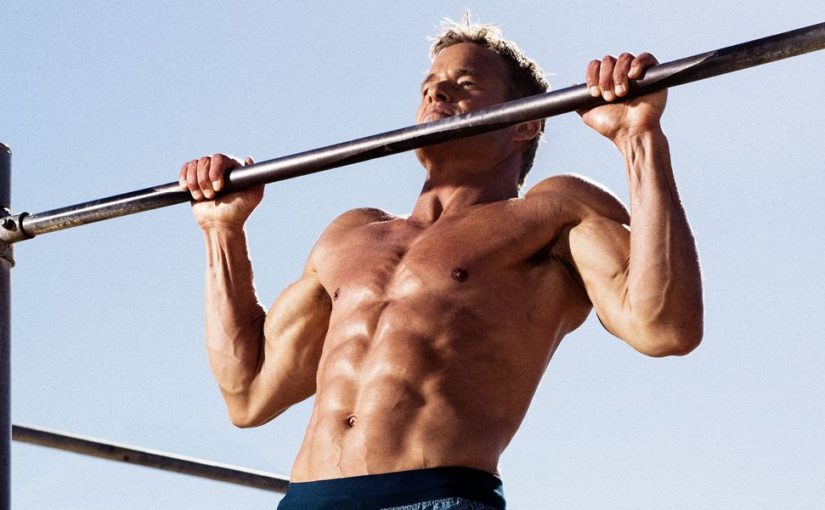Jan 3, 2022Tips to Improve Your Pull-Up Form
The pullup is considered an advanced exercise. It’s more difficult than the chin-up. But the pull-up can be modified or done on an assisted machine for beginners, and you’ll still get benefits from these variations.
The pull-up is one of the most effective exercises for strengthening the back muscles. Pull-ups work the following muscles of the back:
 Latissimus dorsi: the largest upper back muscle that runs from the mid-back to under the armpit and shoulder blade
Latissimus dorsi: the largest upper back muscle that runs from the mid-back to under the armpit and shoulder blade- Trapezius: located from your neck out to both shoulders
- Thoracic erector spinae: the three muscles that run along your thoracic spine
- Infraspinatus: assists with shoulder extension and is located on the shoulder blade
“Even if you can’t do any pull-ups right now, there’s a built-in mechanical drop-set to the pullup,” he explains. This is broken into three parts: pulling ourselves up to the bar, holding ourselves above the bar, and lowering ourselves back down. Each of these movements requires a different type of muscle contraction: concentric on the way up, isometric to hold the body in place, and eccentric on the way down.
Simply holding yourself up at the bar in as best a position as possible for as long as you can will help to build up isometric strength, says Cavaliere. Then, as you lower yourself down, try to do so in a controlled and slow manner; this will encourage a greater eccentric contraction in the muscles.
» ALSO SEE: Building an Effective Soccer Strength & Conditioning Program
“As you build up both of those, your ability to do a concentric pullup, the actual pull-up itself, is going to improve as well,” he says. “You don’t need to be able to do a pullup now in order to be able to learn how to do more pullups or to build more strength to do so.”
If you are already able to do pullups, then you can still use these same drop-set mechanisms to develop your concentric, isometric and eccentric strength, and improve your performance.
To read the full article from Yahoo! Life, click here.


